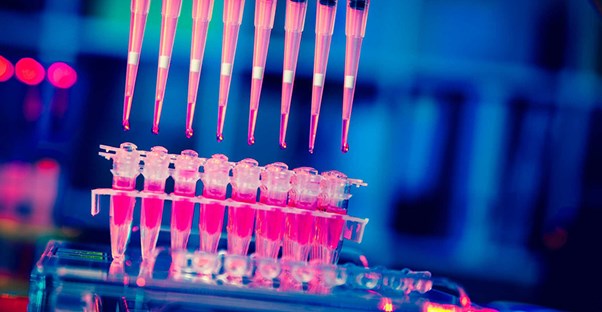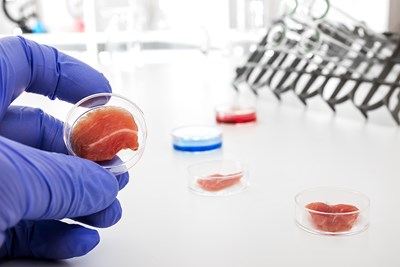Every organ and tissue in the body is made of specialized cells that contribute to their specific function. On the other hand, stem cells are undifferentiated (or "blank") cells that have the ability to transform into any number of specialized cells. They can produce more stem cells by cellular division or help to regrow damaged organs or tissue. Here is a look at three primary types of stem cells.
Embryonic Stem Cells
Embryonic stem cells are taken from an embryo on the fourth or fifth day after fertilization. Specifically, cells are collected from the inner cell mass of an embryo known as the blastocyst. In normal development, these cells become more specialized and begin to develop into various tissues.
Embryonic stem cells, however, are removed so early that they maintain their pluripotency, meaning they have the potential to develop into any cell type found in the body. Researchers are therefore able to assign these cells specific types in order to treat specific diseases or conditions. For example, embryonic cells may be assigned to become specialized insulin-producing cells to treat type 1 diabetes.
Adult Stem Cells
Also called somatic stem cells, adult cells are located in already developed tissues and organs. Their main role is to preserve and repair the tissue in which they are found. However, they do not divide until triggered by disease or other types of cellular damage.
While there are small amounts of stem cells in various tissues, bone marrow happens to be one of the best sources for adult stem cells. Stem cells from bone marrow are used for treating such conditions as heart failure, liver cirrhosis, and spinal cord injuries.
In the past, adult stem cells were thought to be limited in their ability to develop into cells outside of their tissue of origin. However, new research shows that they can indeed develop into a various number of different cell types.
Induced Pluripotent (iPS) Cells
iPS cells are lab engineered cells to convert adult-specific cells into embryonic-like cells. Although they may not be completely identical, iPS cells do share similarities with embryonic cells, such as the ability to generate all the cell types in the body. There is hope that iPS cells could be created from a patient's skin, which decreases risk of rejection by the body.
Currently, iPS cells are helping scientists discover more about normal development and progression of disease in humans. In other words, these cells help with understanding how and why disease occurs at all. Much is still being researched about iPS cells, but experiments and current studies suggest they will be used for medical treatments in the future.




